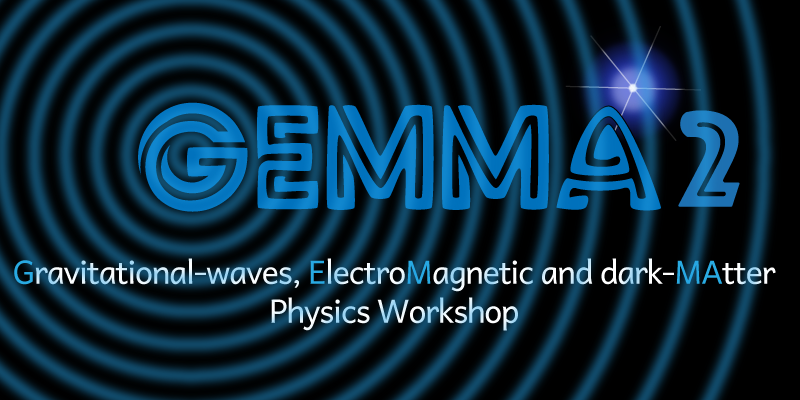Speaker
Description
The fact that a successful jet has been produced in the single well-localised binary neutron star (BNS) merger detected to date in gravitational waves suggests that this is not a rare outcome of this type of mergers. We back this intuitive conclusion with quantitative arguments that constrain the fraction of BNS mergers that produce a successful jet to be larger than about 1/3 at 90% confidence, and larger than 3-5% at the 3-sigma level. When combined with the physically motivated assumption that such a jet can only be produced by a black hole remnant surrounded by an accretion disc, this can be used to place a joint constraint on the space of BNS component mass distributions and neutron star matter equations of state. The result disfavours narrow neutron star mass distributions unless they are centered around some specific, equation-of-state-dependent values. This in turn can be used to shed light on the processes that determine the component masses in binary neutron stars.

